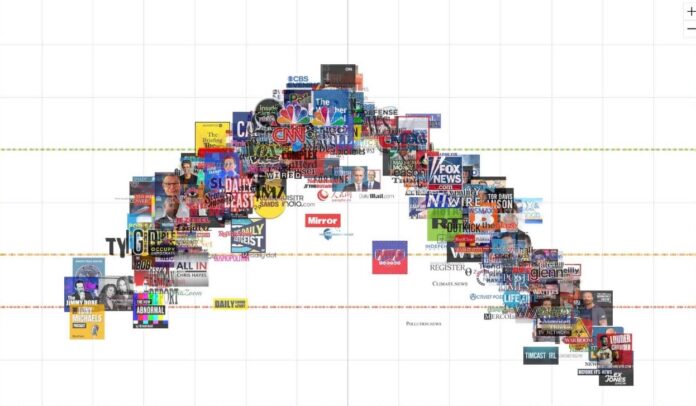In today’s fast-paced digital age, the media plays an integral role in shaping public opinion, influencing decisions, and providing information. However, the question of trustworthiness and bias in media sources has become increasingly critical. Media Bias Ratings serve as a tool to evaluate and analyze the biases present in news outlets, enabling readers to make informed decisions about the information they consume. Platforms like Biasly have revolutionized how we view Media Bias Ratings by offering detailed insights into bias and reliability, paving the way for greater transparency in journalism.
Table of Contents
What Are Media Bias Ratings?
Media Bias Ratings are systematic evaluations of news organizations, aimed at identifying and categorizing the political or ideological leanings embedded in their reporting. These ratings measure whether a news outlet’s content leans conservative, liberal, centrist, or exhibits another ideological slant. By assessing these tendencies, readers can better understand how their preferred media outlets shape narratives.
Platforms like Biasly specialize in this area by analyzing content from various news sources. They employ advanced algorithms and expert reviews to provide objective assessments. By doing so, they help uncover hidden biases and determine the reliability of the news, making it easier for the public to discern credible information from skewed narratives.
The Role of Bias in Political News
Media bias is particularly evident in the coverage of political news. Whether intentional or unintentional, biases can shape public perception of policies, candidates, and events. For instance, the choice of words, images, and framing in a news story can subtly influence how readers interpret the information.
Platforms like Biasly help audiences navigate this complex landscape. By analyzing Media Bias Ratings, readers gain insights into how different outlets might slant their political coverage. This knowledge empowers consumers to seek balanced perspectives and avoid falling victim to one-sided reporting.
The Tools and Methods Behind Media Bias Analysis
To effectively assess media bias, platforms like Biasly employ a combination of qualitative and quantitative tools. These include:
- Content Analysis: Examining the language, tone, and framing used in articles.
- Source Attribution: Identifying the sources cited and their ideological alignments.
- Audience Feedback: Considering public perception and reader feedback to gauge reliability.
- Artificial Intelligence: Utilizing algorithms to detect patterns and inconsistencies in reporting.
By integrating these methods, Biasly offers comprehensive Media Bias Ratings that reflect a news outlet’s alignment and trustworthiness.
Media Bias and Public Perceptio
Media is a powerful tool for shaping public perception, and bias plays a significant role in this process. The way events are reported, or omitted, can influence public understanding and political opinions. In a polarized political climate, biased reporting can exacerbate divisions, making it harder for individuals to find common ground.
Platforms like Biasly aim to bridge this gap by providing transparent Media Bias Ratings. By highlighting the biases present in news outlets, they encourage media literacy and critical thinking among readers. This approach helps consumers question the motives behind the information they consume, leading to a more informed electorate.
How Biasly Stands Out in Media Bias Analysis
Unlike other tools that merely label news outlets as biased or unbiased, Biasly delves deeper into the nuances of bias. Their platform evaluates the degree and nature of bias, helping readers understand how different perspectives influence reporting.
For instance, Biasly not only provides Media Bias Ratings but also measures the reliability of sources. This dual approach ensures that readers can identify both biased and potentially unreliable information, making it a valuable resource for anyone seeking to navigate the media landscape effectively.
The Importance of Media Bias Ratings in the Digital Era
With the rise of digital platforms and social media, news consumption has become fragmented. Algorithms on social media platforms often reinforce existing biases by showing users content aligned with their views, creating echo chambers.
Media Bias Ratings provided by platforms like Biasly combat this issue by encouraging diversity in news consumption. By exposing readers to various perspectives, they promote a more balanced understanding of current events. This is especially crucial in the United States, where media polarization has become a significant concern.
Conclusion: Navigating the Media Landscape with Biasly
In a world flooded with information, understanding media bias is essential for making informed decisions. Platforms like Biasly offer invaluable tools for analyzing Media Bias Ratings, helping readers identify biases and reliability in news sources. By promoting transparency and accountability in journalism, Biasly empowers individuals to become discerning consumers of information.
As media continues to evolve, the need for tools like Media Bias Ratings will only grow. By using resources like Biasly, readers can navigate the complex media landscape with confidence, ensuring they remain informed and engaged citizens.




